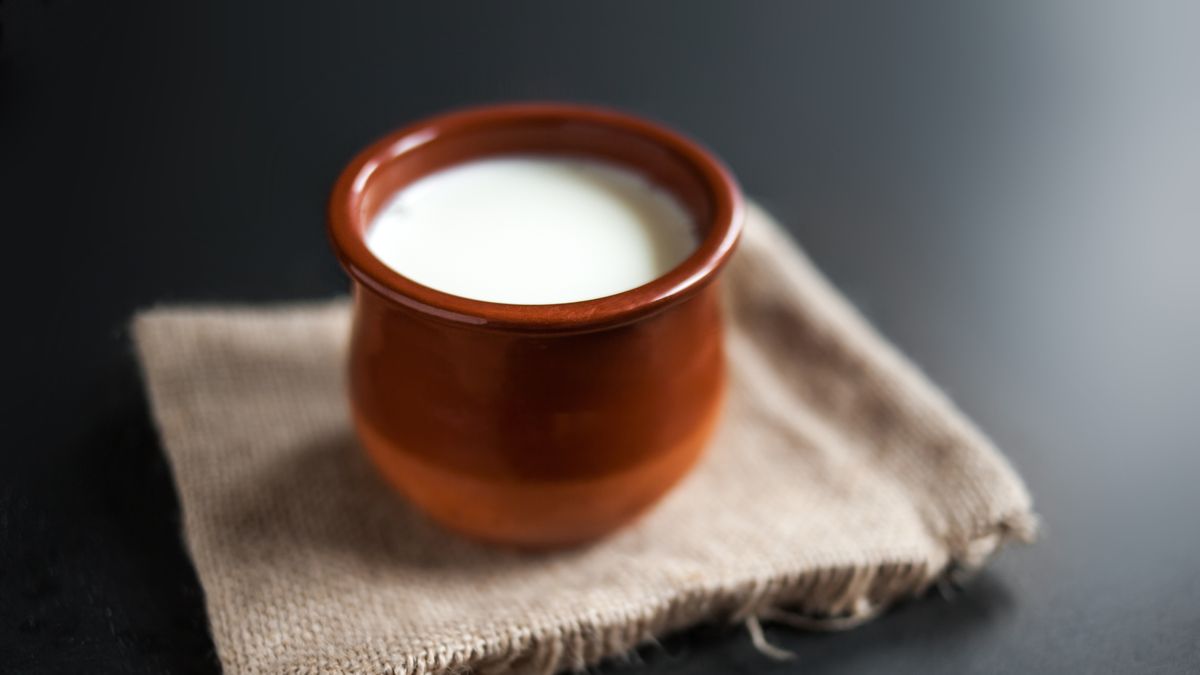Sounds like a lavish menu for a week-end meal, right? What else can you find common in all of these dishes? Right from the starting drink to the dessert, curd is arguably the star of the Indian kitchen. Curd or “dahi” as we know it, is a fermented dairy product that had in-fact originated in the Indian subcontinent. The word dahi finds it origin in the Sanskrit word “dadhi” meaning “sour and fermented milk”. Well known for its probiotic qualities, curd is believed to improve gut health and over-all well being.
While in summers, curd is extensively used to help the body cool down – curd in winters can be used in a number of ways – in the kitchen to make curd-related dishes such as Kadhi, Dahi ke Kebab and outside of it, as face and hair masks!
If you’re used to buying packaged curd from the market and have never explored curd-making, this article is for you! While the method of curd-making may seem daunting at first, once you get it right, there is no going back.
In winter, the reduction in temperature makes it challenging to set curd. To keep the milk at a warm temperature for as long as possible, our moms may have wrapped a towel or piece of fabric around the container holding the curd.
Here are 8 tips for you to set curd this winter, right at home!
1. Who doesn’t love a good casserole?
The casserole method is the most effective approach to set curd during the winter. Since casseroles are made to hold heat, the milk will stay warm for a long time. First, boil the milk and allow it to cool somewhat. Now stir in 1-2 tablespoons of milk powder (if you are using full-fat milk, skip this step). After that, whisk the milk thoroughly and add 1 tablespoon of curd starter. Pour the milk into the casserole now, and place it somewhere quiet until it has time to set.
2. Winter is for warmth
While lukewarm milk is OK in the summer, it is best to heat the milk slightly more in the winter before mixing in a starter. Just make sure it's warm enough—not hotter than lukewarm milk.

3. The culture
To set, curd needs something we call “culture”, which is a starter for already set curd. The ideal amount of culture to be used in winters is about 2 tablespoons. This needs to be added to warm milk and there you go, your curd is ready to set.
4. Wrap it up
A warm towel wrapped around the container can help it radiate heat, which is a fantastic additional tip. To keep the heat in, make sure the wrapping is adequate.
5. Give it a warm water hug
It also works well to add some warm water to a bigger vessel before adding your container and the ingredients. To ensure that the warm water stays warm until the curd is set, close the vessel properly.

6. Timing is everything
Use the winter mornings, when it's warmer, to set the curd. Curd will set more quickly thanks to the daytime heat.

7. Finding it a home
The best place to keep the vessel is in a dark closed place, like the inside of the microwave or oven.

8. The Instagram way
If you spend your free time scrolling on Instagram reels, you would have seen the ‘gram-worthy way of setting curd. This method is simple and perfect for beginners who want an easy start in their curd-making journey.
Start by letting the milk come to a boil before letting it cool to 20%. Pour the milk into the regular curd-setting container. Now add 1 tablespoon of the culture.
Find a green chilli that has its stem on, wash it and dry it before submerging it into the milk completely. Now close the lid on the container and place it in a warm place to set.


